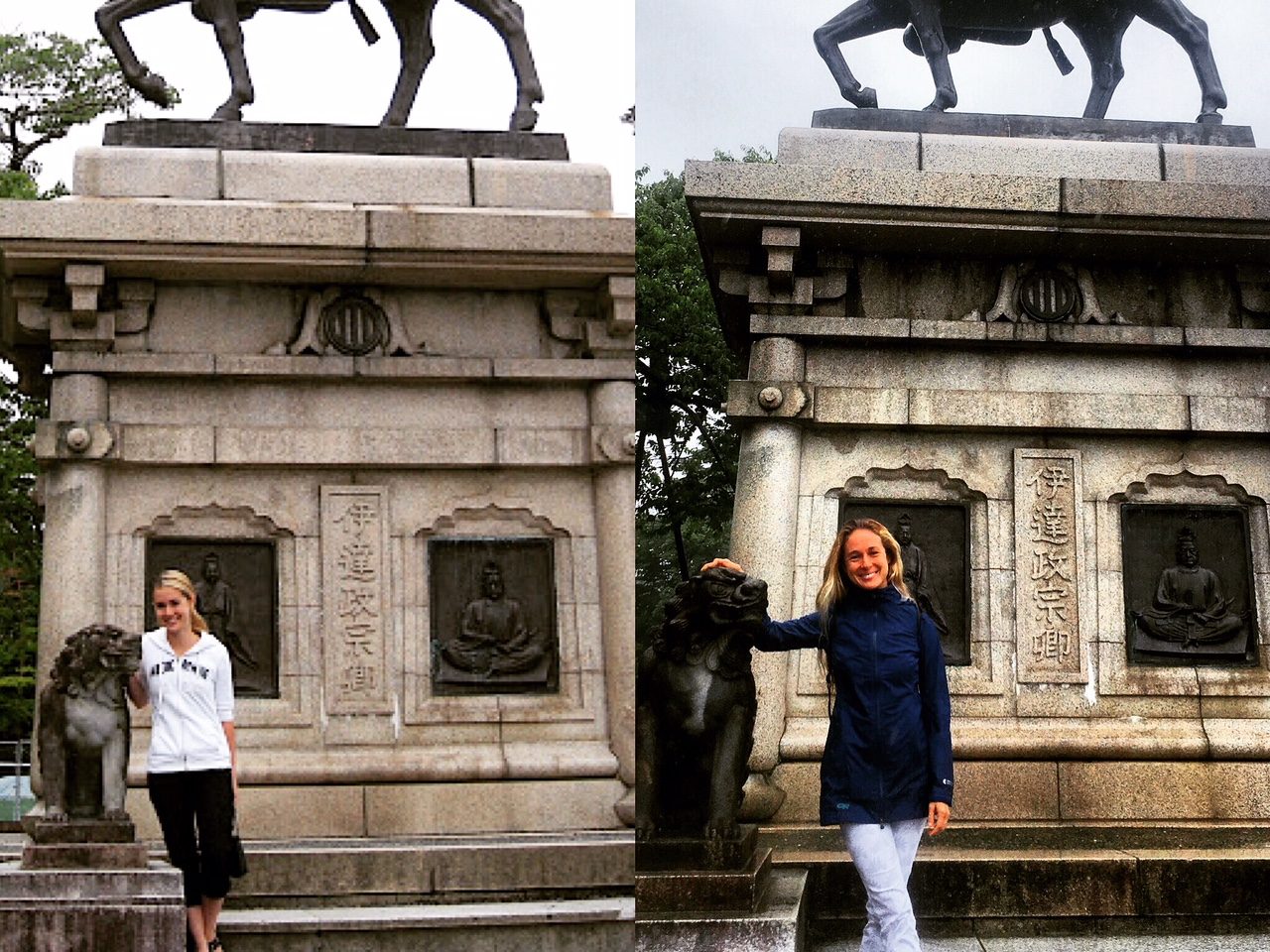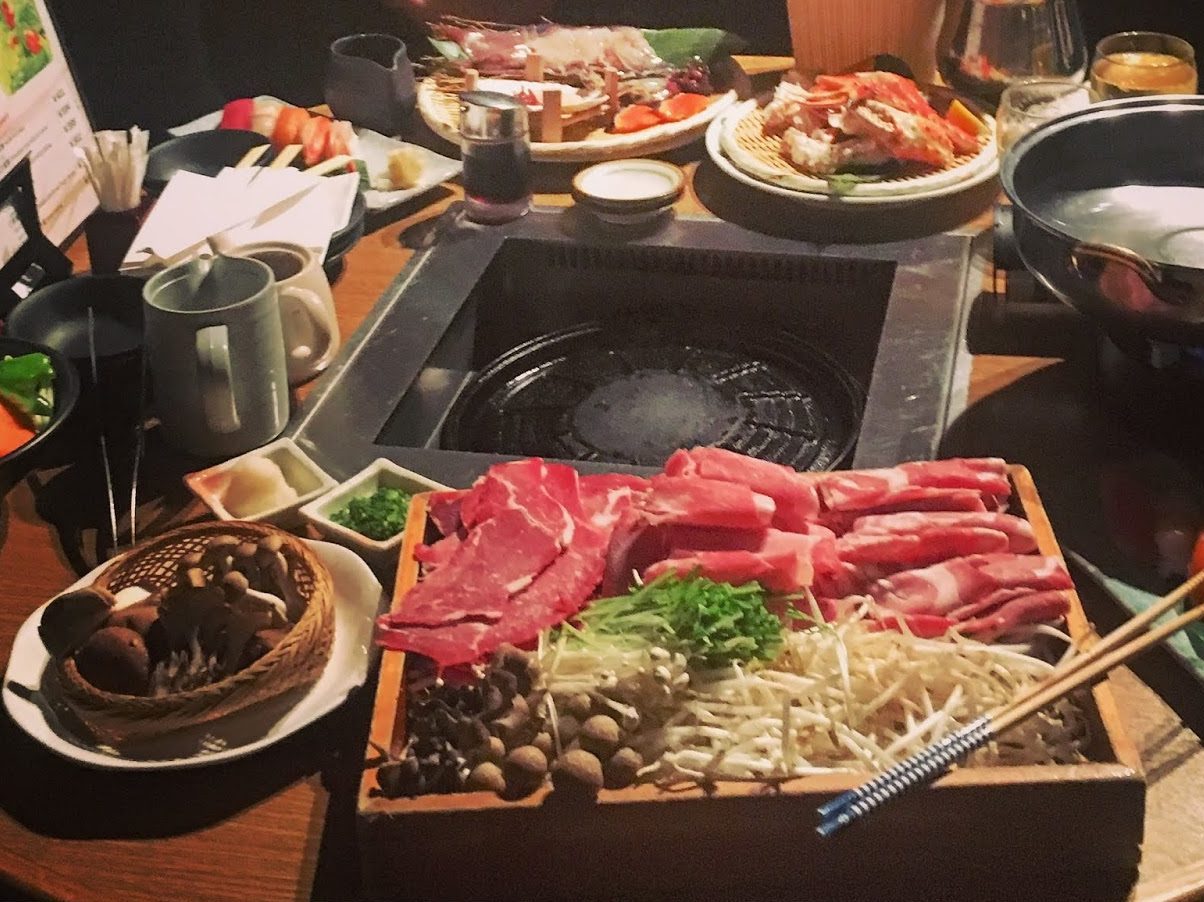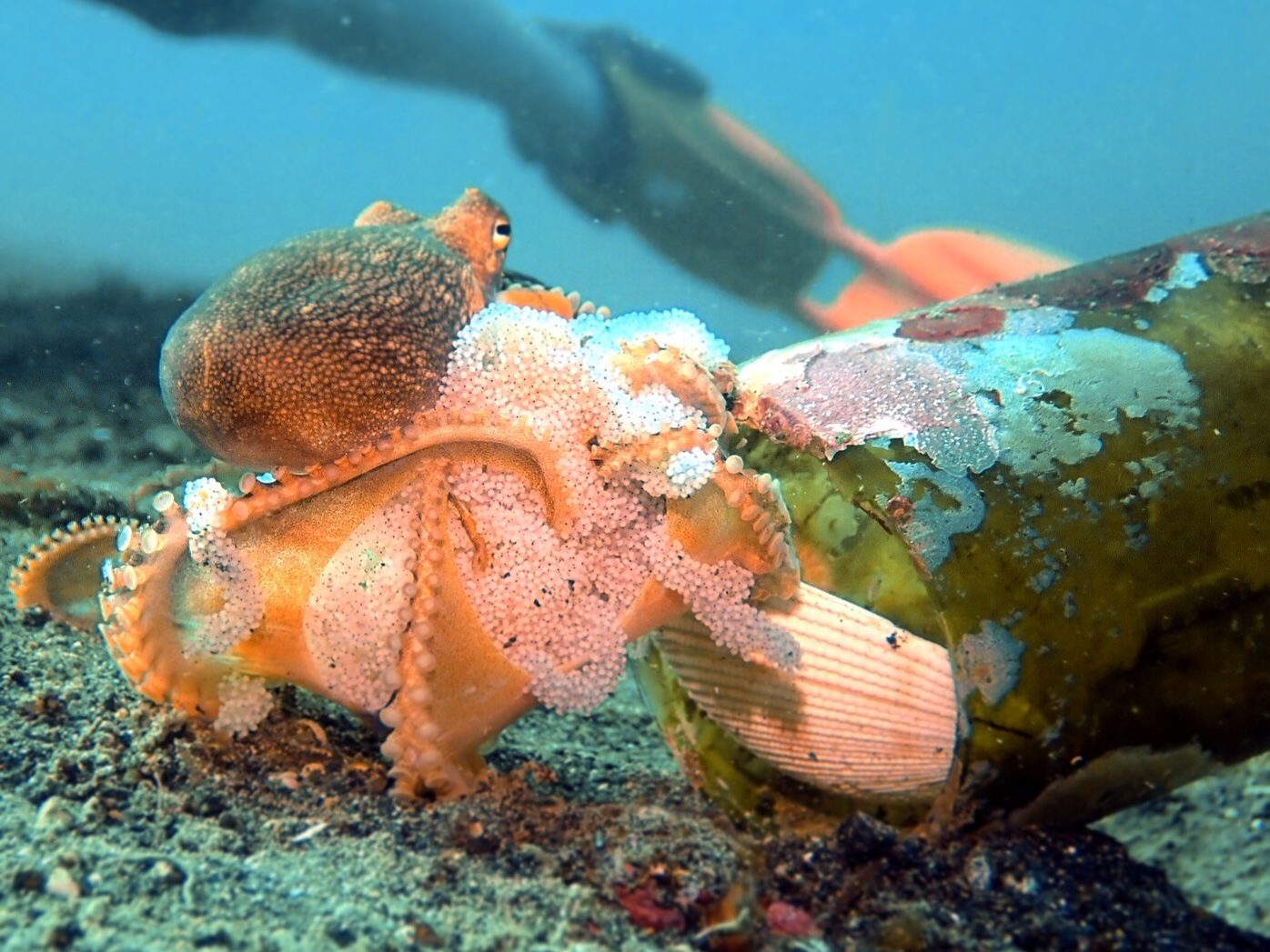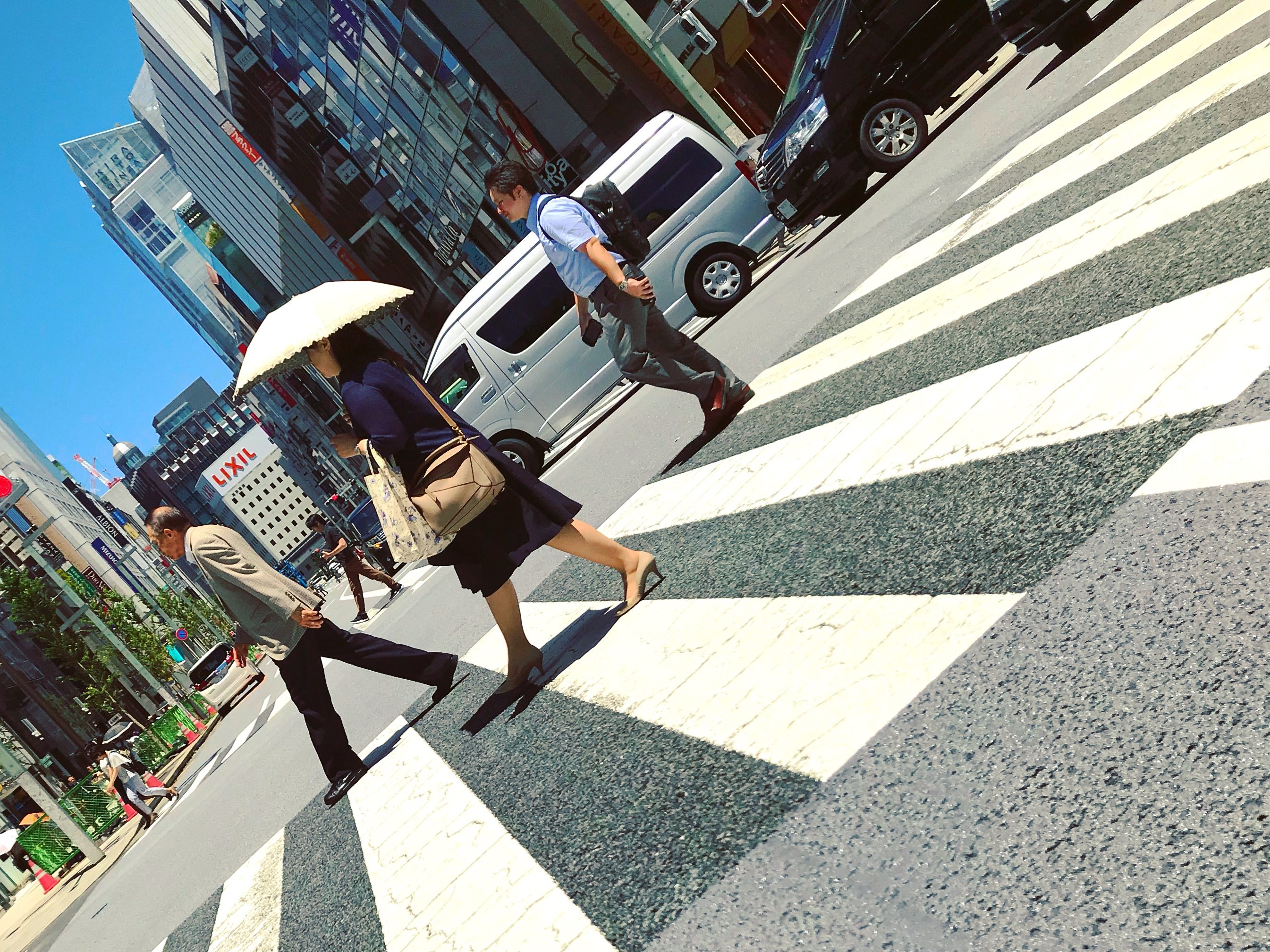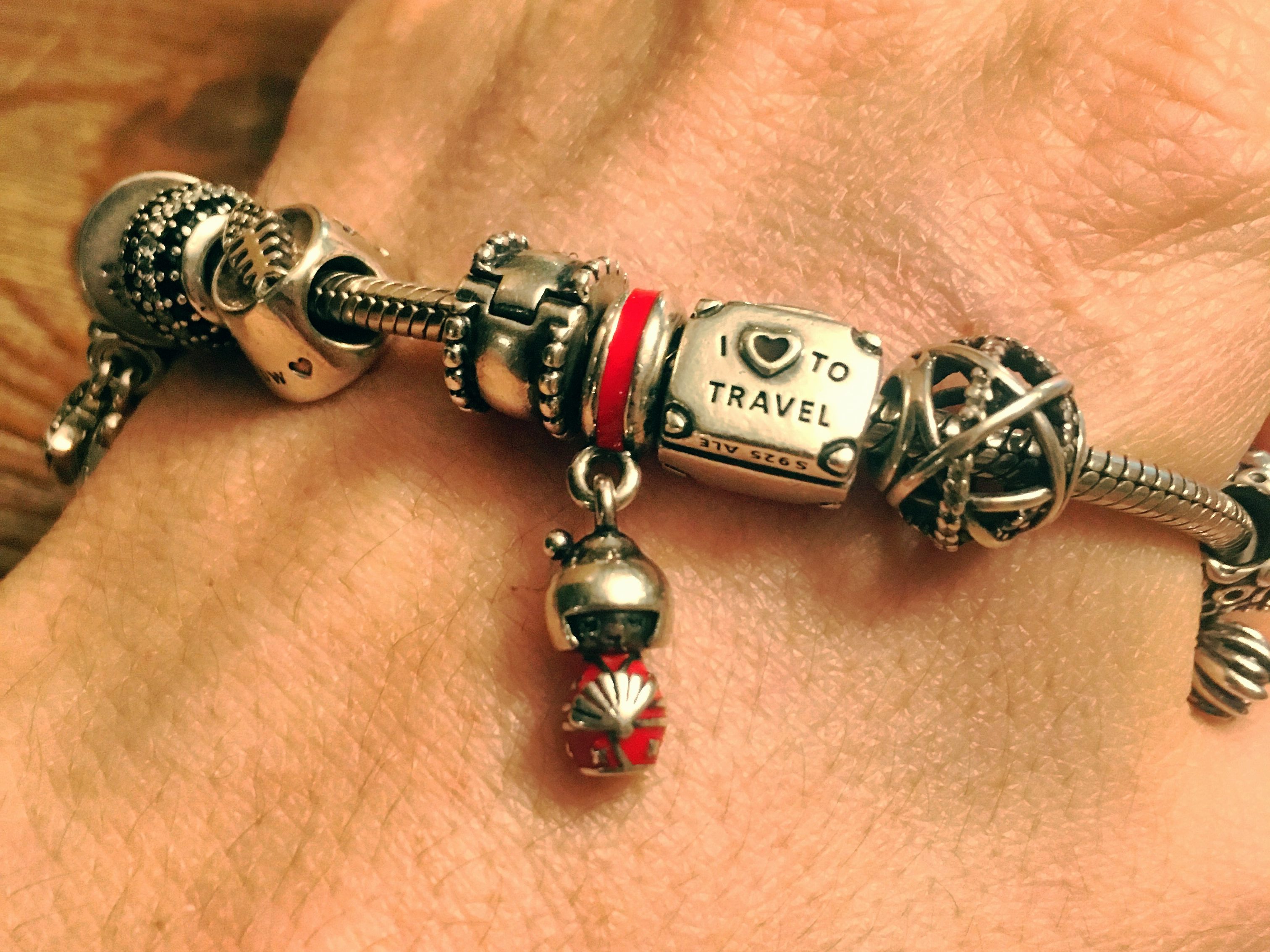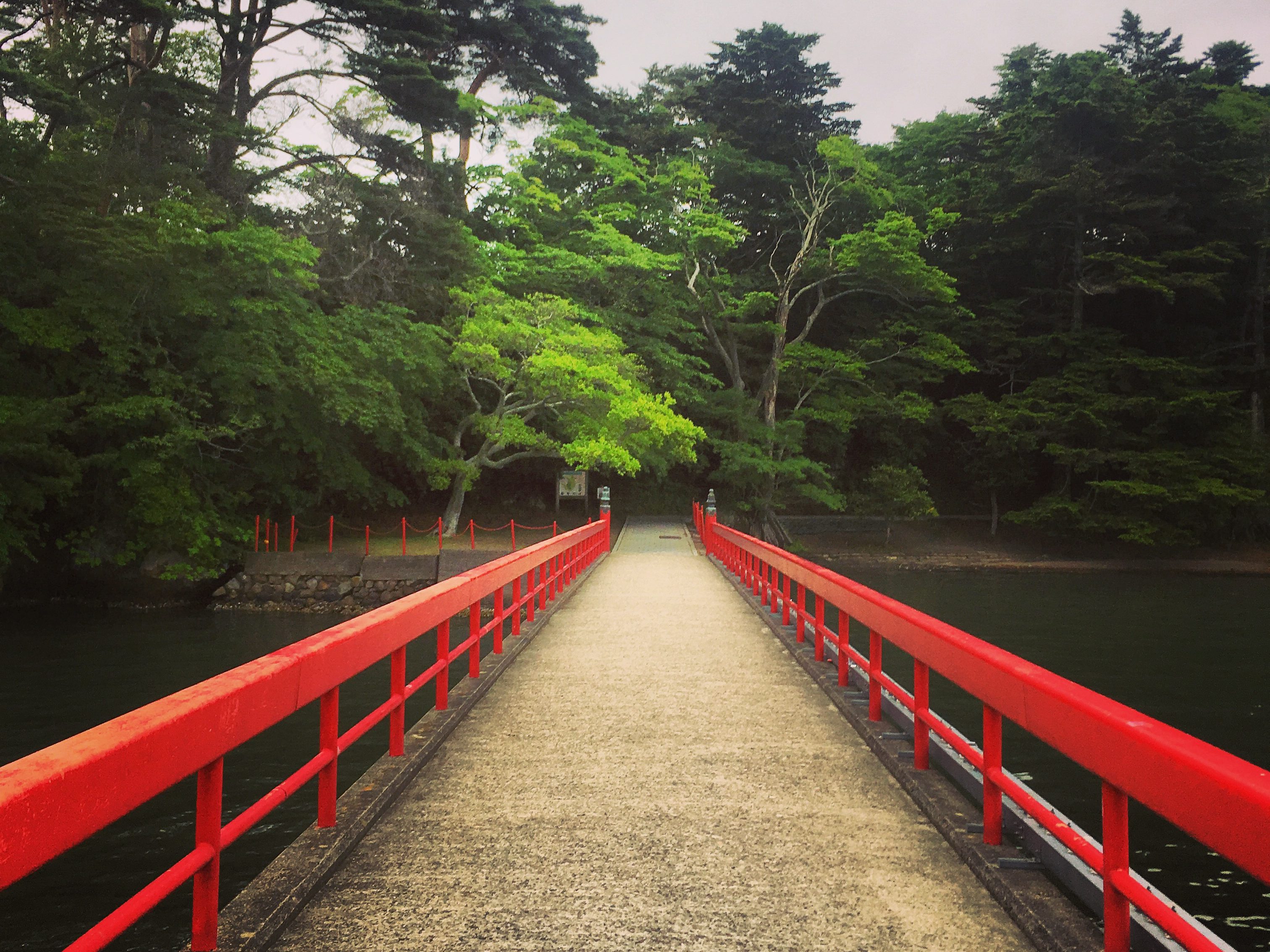
Japan Day 5 – Matsushima
The other most memorable thing that my host family did with me while I was in Sendai, was take me on a day trip to Matsushima. Matsushima is the Palau of Japan, just take away the warm, tropical setting, and crystal clear blue water. Lots of pine tree-covered islands dot the coastline, making it one of the three most scenic views in Japan according to the Japanese people. I had to show this beautiful scenery to Fletch.
We left the hotel with the intent of finding Manhattan Bakery again. We didn’t make it quite as far this time. A nicely laid out menu for a more traditional breakfast place at the train station drew us in. There was something very satisfying about its simplicity. Each photo showed the same tray, with the same teapot of broth, the same side bowl of tofu, and the same side dish of pickled something or other. The only difference was the choice of fish, delicately laid over the main bowl of rice. Fletch is on the same wavelength as me when it comes to fish for breakfast, but we were drawn in.
We had a slightly better idea how to use the vending machine to order by this point, but the lady who was working still felt the need to come over and help the two gaijin through the process, which was sweet of her. Basically just pick your topping and what size bowl of rice you want. The broth is poured over the rice and fish and the whole bowl is eaten like porridge. I was very happy with our breakfast selection. Yum!
| A more traditional, Japanese breakfast |
| Cute, Date Masamune roadblocks |
I thought I would recognize more, but when we walked out of the train station, nothing seemed familiar. I didn’t remember this place being so built up, like a small tourist town. Where were all the little tea shops and street food vendors? We walked north to Zuiganji Temple, and Google once again led us around the roundabout way, through a little residential road. It was a quiet and quaint neighborhood, more like the area where my host family had lived. We finally found the temple, and walked up right as a large group of jolly school children were leaving. They saw the two white people approaching and immediately all started chiming a chorus of “hellos” and “good mornings.” I knew school kids loved practicing their English, but it was still adorable to see again after all this time.
| Side gate at Zuiganji Temple |
We removed our shoes and walked through the temple in our socks. The rooms were roped off, and we were only allowed to peer inside, to marvel at the gold-painted walls from afar. Each room had different murals painted on the walls, and they were all symbolic of the residents for whom those rooms were meant. The samurai’s room was painted with hawks for bravery, and indeed, there was a sense of great confidence that arose from gazing at the magnificently painted birds.
The highlight of the temple was a zen garden, roped off in a courtyard. I never really understood why some raked sand with a rock was supposed to be so special to look at. Give me a beach and some sand in its natural state any day, but raking it just seems like a strange thing to do. I was wrong. This zen garden was the most satisfying thing I ever stopped to stare at. The sand was white as snow. Each grain of sand was placed so precisely. Each rock seemed like that was the only corner of the universe where it could possibly be meant to sit. It was a completed puzzle. I could have happily stared at that sandbox for the rest of the day. No pictures were allowed. There weren’t even any pictures of it online that I could find. You’ll never know how beautiful a zen garden can be unless you go see it for yourself.
We left down a side path and walked across the street where the sightseeing boats were leaving from, and purchased two round trip tickets. Usually when you remember things from when you were a kid, and then see them again years later, they seem a lot smaller. These boats had been upgraded though and were much larger. No longer did we have to remove our shoes and sit on tatami mats inside, under a low ceiling. Now we were on a large, two-story boat, with big viewing windows. There were also signs everywhere to please not feed the seagulls, which immediately brought back the memory of feeding french fries to the seagulls with my host mom.
| Duck Rock, Matsushima |
We walked upstairs to the first class cabin and paid the extra $6, because why not, and cruised around for an hour. Everything looked grey and cold outside. The scenery was all very familiar, so my doubts about being in the right place after seeing the town area earlier, lessened slightly.
| Matsushima sightseeing cruise |
| Japan’s flag waving over Matsushima |
After we debarked, we walked north along the coastline and visited a small shrine on one of the small islands, then continued onto the next island which had a long, red bridge connecting it to the mainland. The entrance to the bridge was at the back of a little coffee shop, where we had to pay $2 to access it. The island, Fukuura-Jima, turned out to be bigger than we had expected, with scenic walkways and paths meandering every which way around. We even found a small ice cream shop in the center of the otherwise deserted island, with one of the little box cars they drive here parked on the side. I guess the little car actually fit on the bridge to drive to work everyday.
| Bride to Fukuura-Jima, Matsushima |
We abandoned the main walkway at one point in favor of a small, dirt path that led downwards. There was a rope attached to the rock to hold onto so as to keep from slipping. At the bottom we found a sand beach, where the water wasn’t nearly as cold as it looked. It was nice to be on the beach again, even if just for a few moments before continuing on our way. We got good and lost wandering from path to path through the woods, but eventually found our way back to the ice cream shop, and then the red bridge. Back in town it was about lunch time. There were no little street food vendors selling grilled squid skewers as I had remembered, so we window shopped through the various menus in front of actual store fronts before deciding on pasta. After a few days walking around in the cold, I really just wanted some hot, comfort food.
| Fletch on Fukuura-Jima |
As we sat at lunch, I realized that we hadn’t yet found the caves that were meant to be around Zuiganji Temple, caves where the monks once lived and meditated. Since Google had lead us into the temple grounds via some back route, perhaps the caves had been along the main entrance. Tickets in hand, we returned to the temple through the main entrance. Massive, beautiful cedar trees lined the path, and sure enough, off to the side, there was another path along the side of a rock wall that had caves peppered throughout. The caves confirmed that this was where my host family had brought me on a day trip ten years previously. The town must have just been built up a lot since then. Nonetheless, finding the caves was reassuring, and gave the day a sense of completion.
| Caves at Zuiganji Temple |
| Staircase leading up to the penthouse suite cave at Zuiganji Temple |
On our way out the exit, we noticed a little shop with a cat with clipped ears (don’t know if that was an on-purpose thing, or a genetic thing) sitting in the doorway. We approached and asked the lady inside if we could look at her cat. I really just asked, Neko? And she replied in Japanese that we could come look. The cat took an instant liking to Fletch, as most do; he really has a way with cats. The earless fluff monster could not be bothered by me though. He begrudgingly sat for a photo, and then when I went to pet him, he tapped me quickly and repeatedly with his paw several times, as if to say, Enough, that’s all you get.
| Cat of Zuiganji Temple |
We rode the train back to Sendai. It became apparent that there was a Rakuten Eagles baseball game that night, as the train was quickly filling up at each stop with dozens of fans wearing their hats and jerseys. Thinking that would be fun, I searched online for tickets, but there was unfortunately only one ticket left in the entire stadium.
| View of Matsushima shops from the train platform. |
At the train station back in Sendai, we picked up some zunda mochi from one of the various food vendors to bring back to the room. Zunda mochi is the other food that Sendai is well known for. The mochi part is a sweet rice cake. You can find mochi, frozen and stuffed with ice cream, a lot in the US now, but it’s not really the same. Fresh mochi has the fluffiness and texture of a marshmallow. The zunda part is the topping, and is sweetened, mashed, edamame. I always enjoyed it because it was a nice, sweet treat, without being too sweet.
The last thing we had to do before calling it a day was find some ibuprofen. Four trips to Japan and surprisingly I’ve never had to buy a drug. We tried a couple conbinis first, but convenience stores in Japan don’t carry medicines. It occurred to me that we had learned a word just for “drug store” in Japanese class, and so I looked that up. I do remember very well how to ask for directions, and asked the conbini sale’s clerk where we might find one. Of course her response was too quick for me to keep up with, but we did follow her hand signals. If you are ever in Japan, remember that 薬 is the symbol for drug store. There are almost as many around as there are convenience stores. After a quick Google search, we also figured out that Ringl is the Japanese name brand for ibuprofen. Delighted by our success, we returned to the hotel to eat our sweets.


